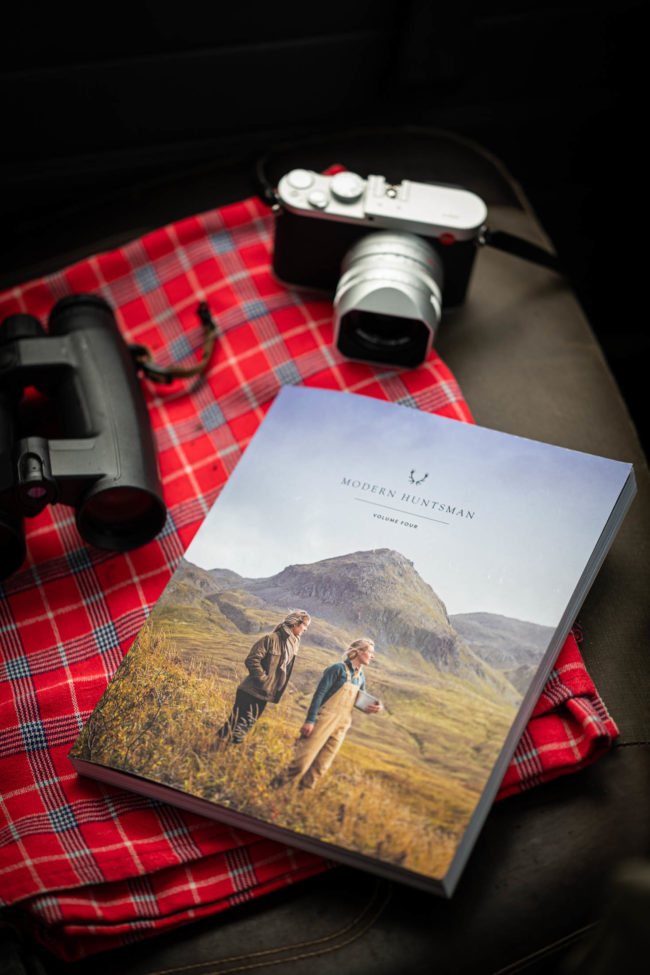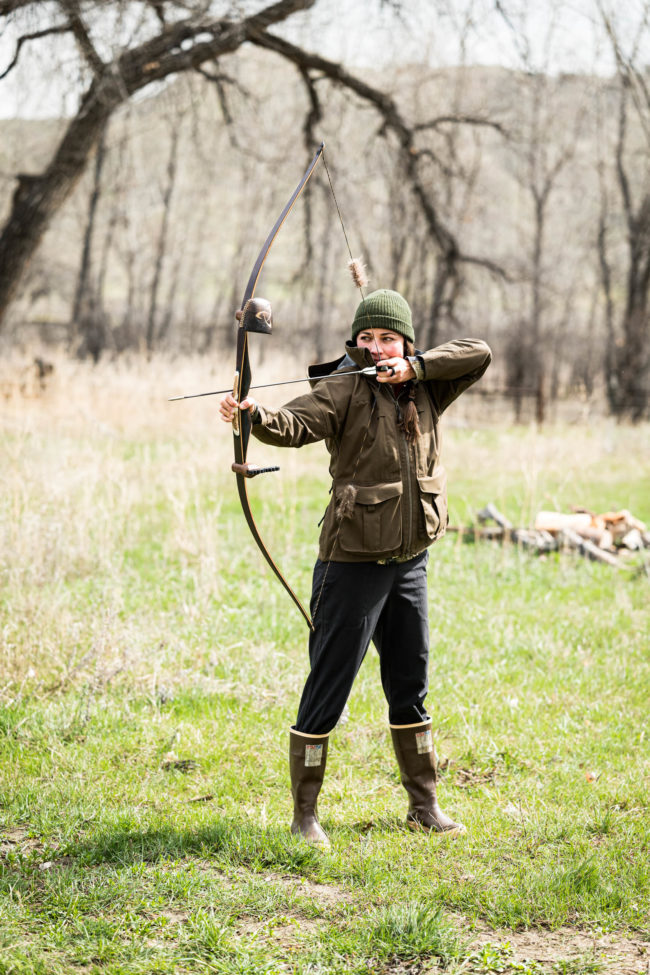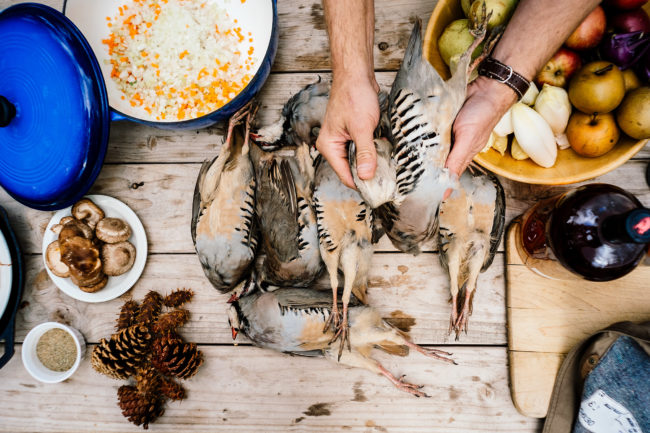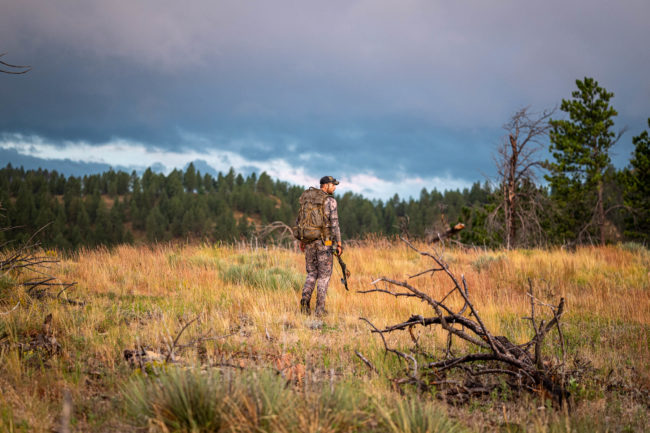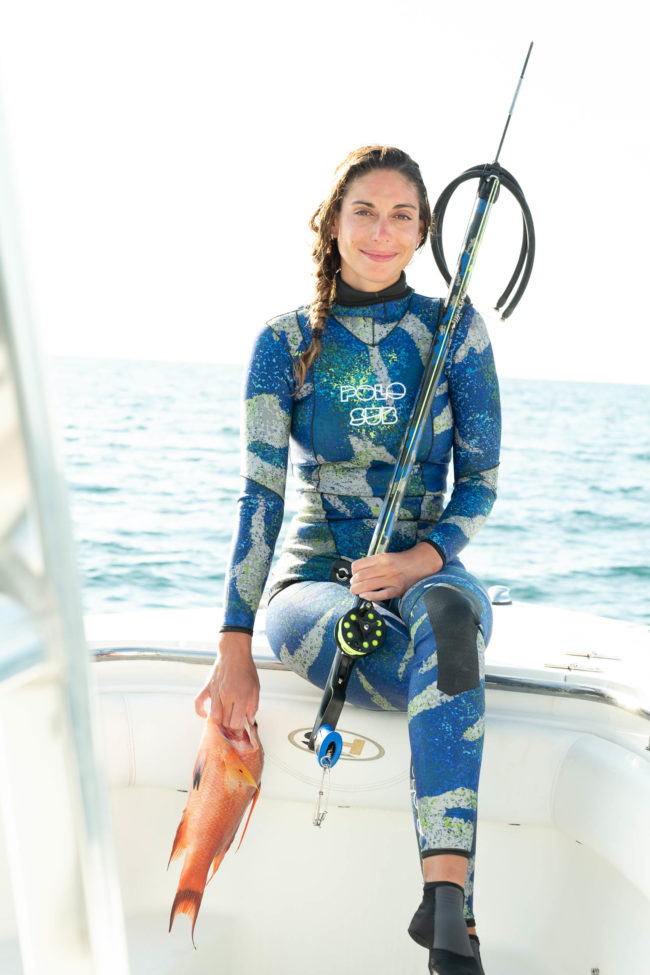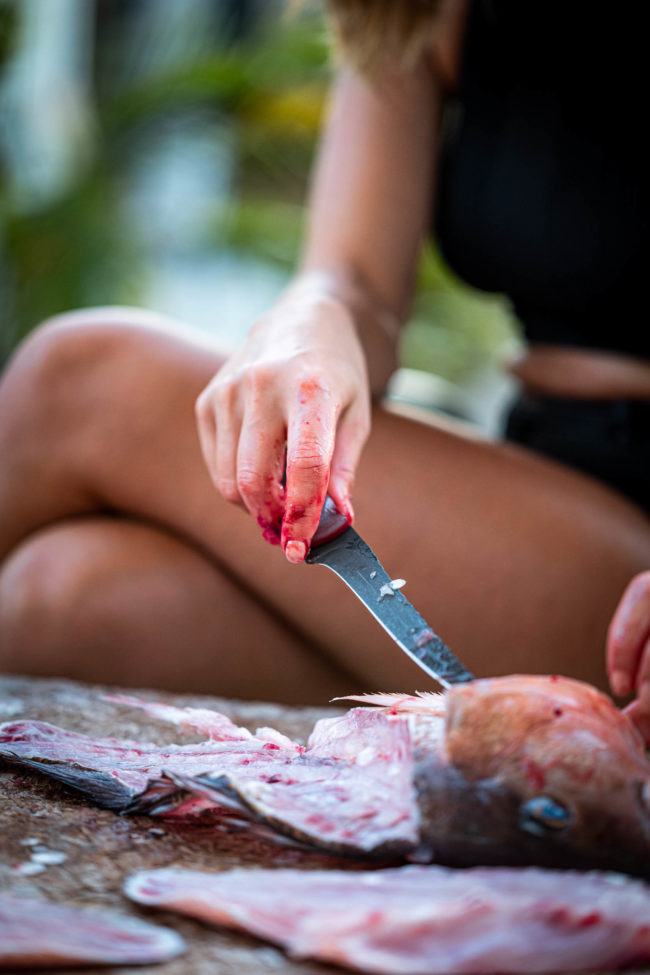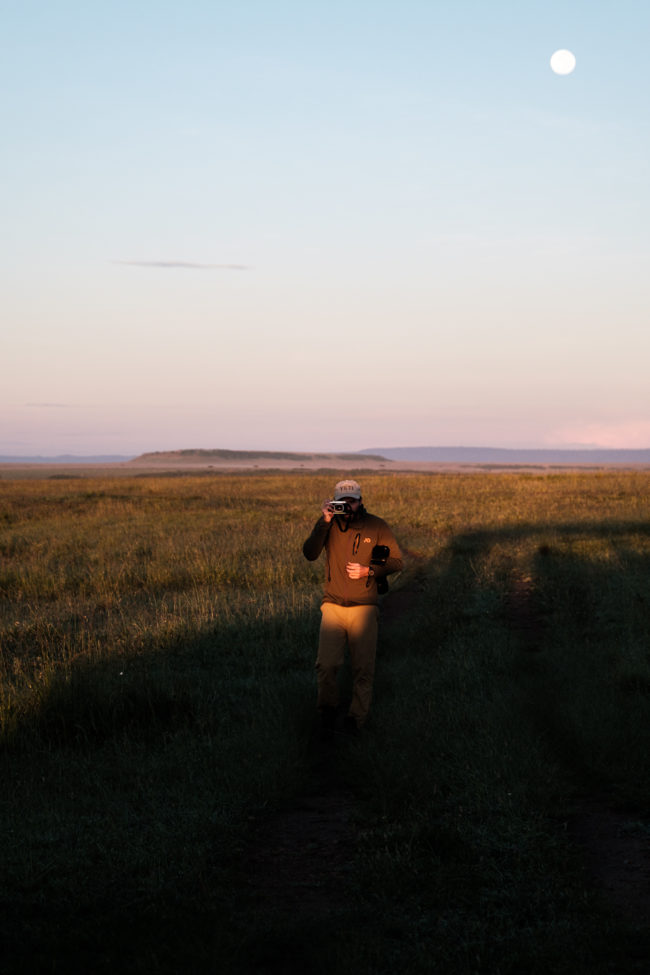CEO and Editor-in-Chief: Tyler Sharp
Heidi: You’re a photographer, a writer and a CEO, how did all that braid together to launch this magazine?
Tyler: This may sound trite, but perhaps destiny and a bit of serendipity. I studied film and photography at USC, and in a random stroke of fate my first job out of college was in Tanzania working for a safari company. I went from Los Angeles to the middle of Africa and spent six months documenting fishing, Kilimanjaro trips and hunting. It changed my life completely. This led to that, I was whisked to over 35 countries in a few years, and exposed to a myriad of cultures, conservation issues and hunting traditions. I was photographing and writing about my adventures on the side, and eventually started to pitch to other magazines and brands, utilizing my access to remote locations as a way to get my foot in the door. It worked, and I was very fortunate to work with some great people over the years. But I was constantly frustrated by two main things regarding hunting: one, that hunters for the most part do a terrible job of communicating ethics and the majority role that hunting plays in conservation, and two, that many non-hunters are either not educated about this reality, or are mis-informed by false or sensationalized media. We started Modern Huntsman to bridge that communication gap, and have based a lot of the philosophy off the wisdom, beauty and respect for wildlife that I’ve been witness to, but is rarely highlighted. Our hope is to make the topic of hunting less taboo, and to showcase how it is still very much a part of the natural order. Then I lost a bet and got promoted to CEO.
Your most recent theme was all about women (which is outstanding) how did that theme evolve?
From the very beginning, we’ve had women involved in this venture, and my dear friend Jillian Lukiwski (@thenoisyplume on IG) was actually the one who encouraged us to keep the more poetic “Huntsman” in the title, and to shirk any criticisms that we weren’t inclusive of both genders, in the same way that the word “human” refers to male and female. As we started to do research and collect more stories, it became very clear that not only was there a treasure trove of female creative talent in the hunting and conservation space, but that many of them were not being featured and celebrated the way they should be. So we decided to do an entire book about it, and rather than pretend like I know what the hell I’m talking about, I stepped aside and brought in four women editors to take the reins. What resulted was one of the most inspiring and rewarding experiences of my life, and to my knowledge is the first time it’s been done in this way for the genre. Feels like we barely scratched the surface with 272 pages, and while we could easily do another four books, we all feel proud of what we accomplished in showing a diverse range of women who hunt, fish, ranch and fight to save wild places. It’s really something special, whether you’re a hunter or not.
Did you have any criticism from the female community?
Before we start on every issue, we lay out all of the possible pitfalls and potential criticisms, and do our best to be mindful and intentional as we move forward. We knew that people would say this was a “publicity stunt,” or it was “men talking about women,” and even that “there should be no division between men and women in hunting and that it was patronizing to focus entirely on female hunters.” Our amazing team of tenacious women shot it all down, and forged ahead bravely with what they felt needed to be said to engage readers from diverse backgrounds, and hopefully generate more interest, despite the fact that women are the fastest growing demographic within the hunting industry. Surprisingly, our biggest criticism came from women within the hunting industry itself, claiming that our cover choice was not “hardcore enough to represent them as hunters.” Again, this was a deliberate choice. Yes there are many women who are just as tough, if not more tough, then men. There are photos of them with blood and dirt on their faces and animals on their backs as they hike out of the backcountry. We wanted a cover that showcased a more graceful and feminine side – that you can be both a hunter and a mother, killer and nurturer, angler and gatherer. The Salmon Sisters from Alaska are a perfect representation of that, and Dawn Huemann’s photo of them is so iconically idyllic, we knew right away that it was the cover. Being that our goal is to engage with non-hunters and hunters alike, we felt this image choice would help accomplish that, but no decision is without critics and this was no exception.
How do you compensate your contributors?
I tried to base the model off everything that I didn’t like about working with other magazines: a lack of camaraderie or community, a simple exchange of services with little shelf life beyond the print release, and the sometimes “thank you, bye” tone of assignments. So in addition to pay, we do ongoing social promotion of our contributors work, website features of their portfolios, films or products, and pull them into podcasts, speaking events and newsletters. Every volume I also give some contributors a percentage of sales, which helps them feel a bit more invested in the cause, and incentivises them to help us promote the finished work. We also connect many of them with our brand partners to do additional commercial assignments. Modern Huntsman wouldn’t be anything without the contributors, so I do my best to advocate for them and provide as many opportunities as I can. We push our photographers and writers hard and demand excellence, but it’s a very involved, collaborative process that is rewarding for all of us in the end. I’d like to think that we’re doing things a little differently, and so far it seems to be appreciated with those we bring into the fold.
How did you get started and how many issues do you publish annually?
While the idea for the brand and the book was in development for a year prior, we launched a Kickstarter in the fall of 2017. Our instinct that this was a much needed fresh take on hunting traditions was proven true, and we successfully raised about $110k to produce the first book. It took about four months to gather all of the content from our faithful contributors, and Volume One shipped in early 2018. We’ve done three additional books since then, and I say books because they are 250+ pages with no ads. So call it a biannual publication, and while I don’t foresee a way to publish more than two a year, we’re going to be launching some smaller collaborative projects this year in addition to a lot more digital content, podcasts, and educational events for those who want to learn more about food sourcing and conservation.
How can photographers contribute?
While our next two books have been mostly commissioned, we’re always publishing stories on the site and across our social channels, and are always trying to diversify the voices and backgrounds that we feature. As much as possible, we try to present a wide array of perspectives that bring about constructive conversations. It’s not just hunters and anglers who contribute, and in my opinion, therein lies one of our strengths. Given the amount of unsolicited submissions we’ve been getting, we haven’t really opened a formal process for that yet, but hope to in the near future. For now the best channel is the submission link through our site, and typically story ideas that adhere to current or upcoming themes are the most relevant.
CEO and Editor-in-Chief, Tyler Sharp on assignment in Africa
